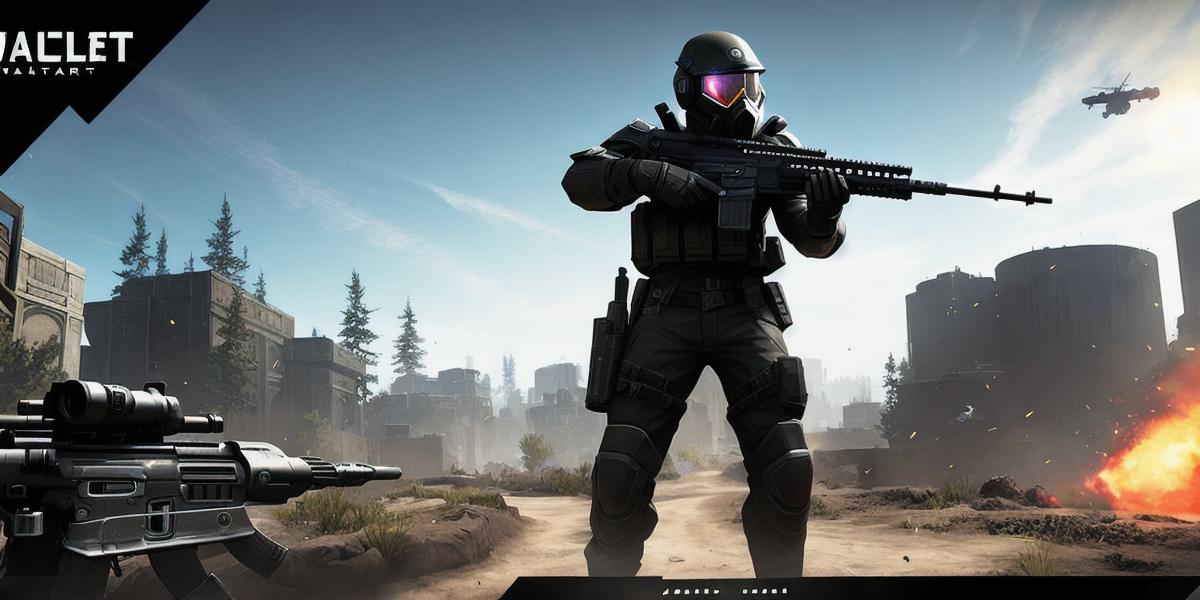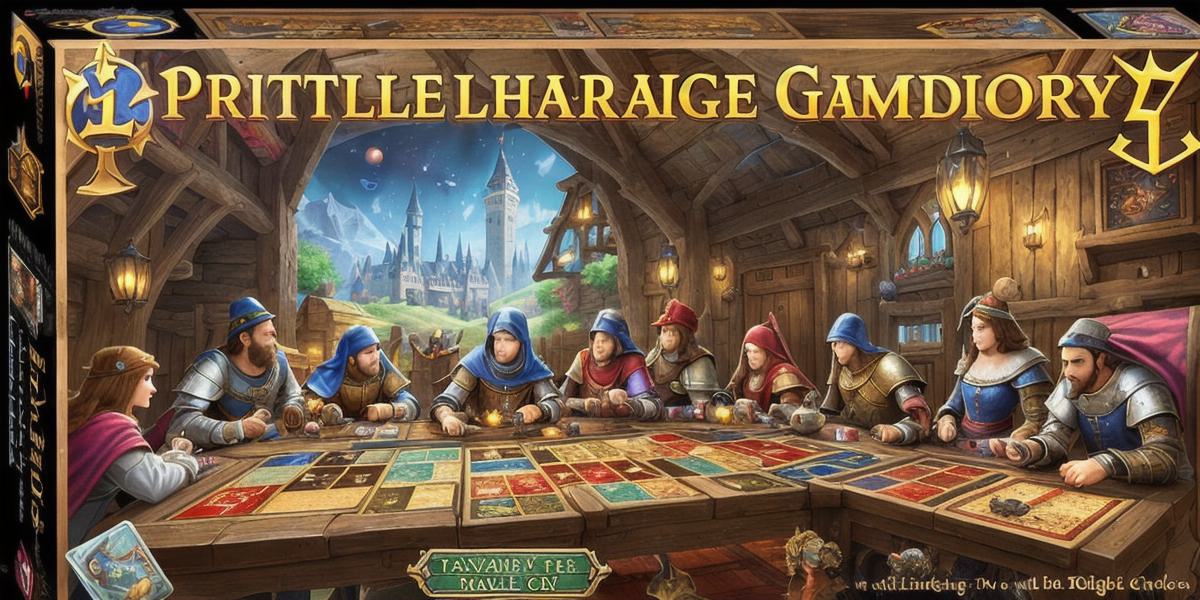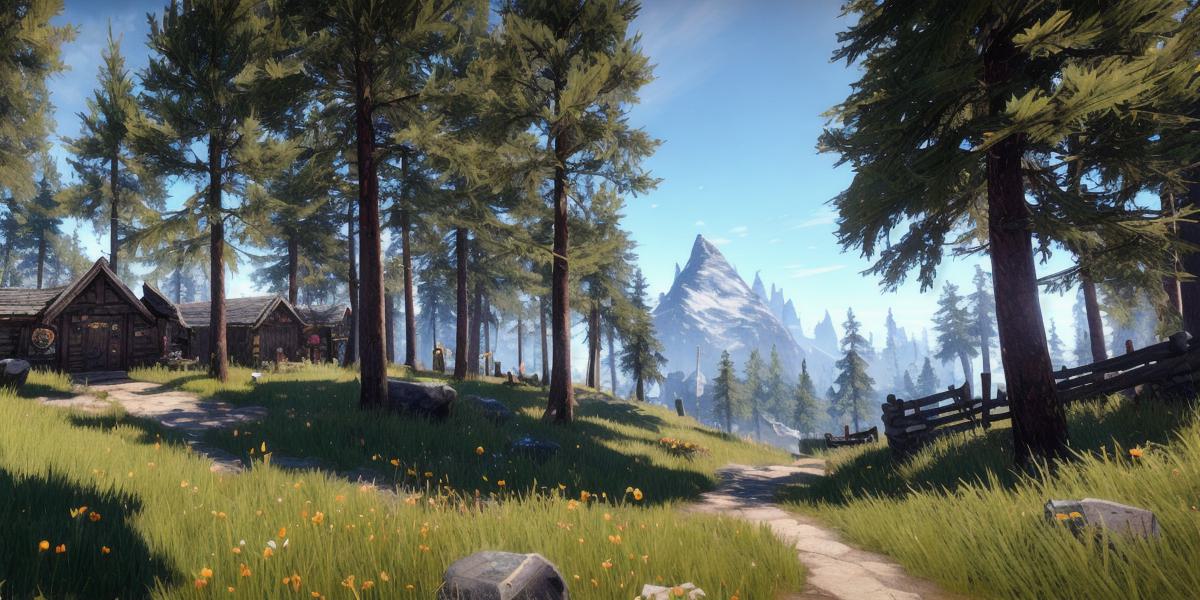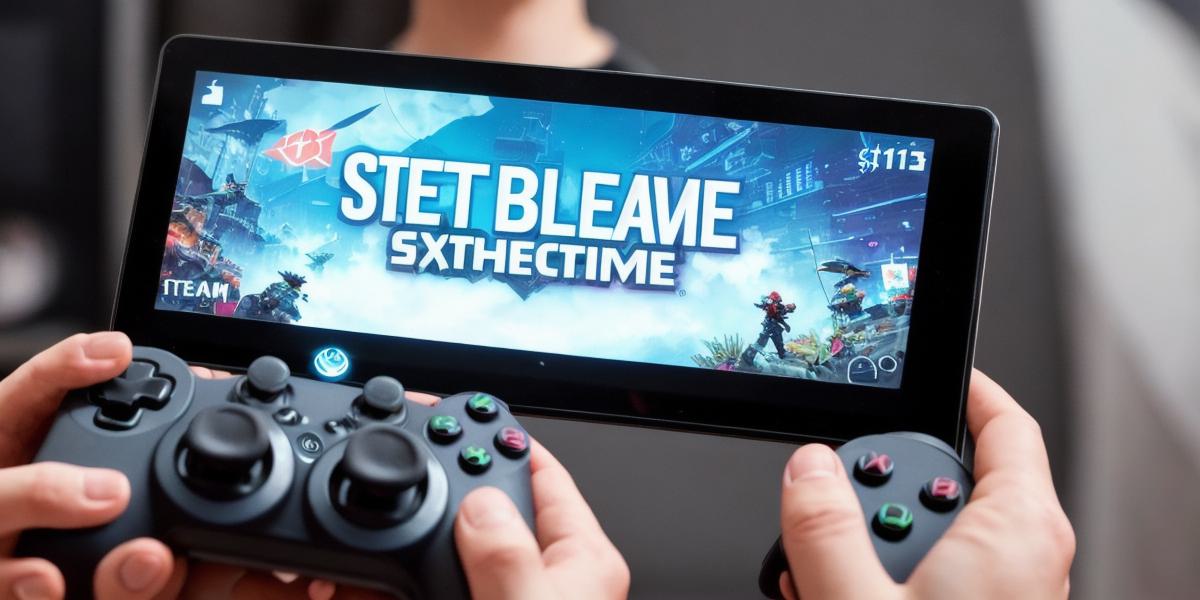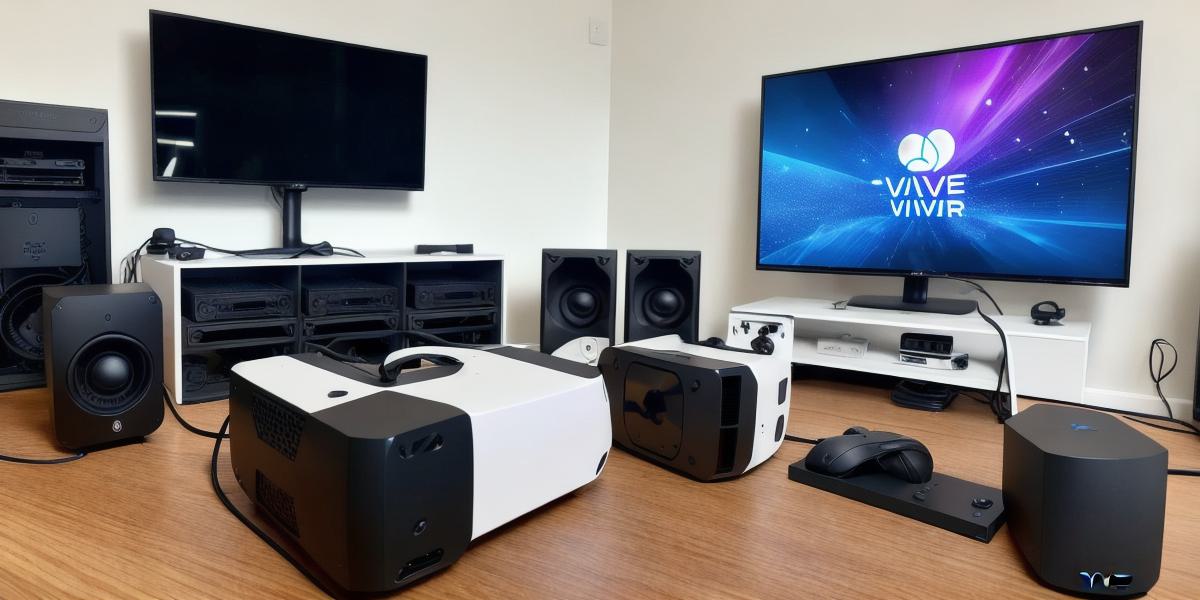Are you a gamer looking to learn more about the mechanics behind your favorite games? Look no further than steam turbines, which power many of the machines that run our world today. In this ultimate guide, we’ll delve into the fascinating world of steam turbines and explain how they work.
What are Steam Turbines?
At its core, a steam turbine is a machine that converts heat energy into mechanical energy. It does this by using the pressure difference between two points to rotate a wheel, which drives a generator to produce electricity. Steam turbines are powered by steam, which is produced by boiling water in a closed system.
The History of Steam Turbines
Steam turbines have been around for quite some time, dating back to the early 18th century. The first steam engine was invented by Thomas Newcomen in 1712, but it wasn’t until James Watt made some improvements that steam engines became widely used. Today, steam turbines are used in a wide range of applications, from powering ships and locomotives to generating electricity for our homes and businesses.
How Steam Turbines Work
At the heart of a steam turbine is a boiler, which is filled with water. When heat is added to the water, it turns into steam and rises into the boiler. This causes a low-pressure area inside the boiler, which is connected to the outside world through a condenser. As the steam enters the condenser, it cools down and condenses back into water, which is then pumped back into the boiler to be heated again.
The steam that leaves the boiler drives a turbine, which rotates a wheel connected to a generator. This generates electricity, which can be used to power homes, businesses, or even ships. The turbine’s efficiency is determined by the pressure difference between the high-pressure and low-pressure sides of the system.
Real-Life Examples
One great example of a steam turbine in action is the steam locomotive. These machines use steam to power their wheels, allowing them to pull trains across vast distances at high speeds. Another example is the steam ship, which uses steam to power its engines and sail across the open ocean.
FAQs
Q: What are the main parts of a steam turbine?
A: The main parts of a steam turbine include the boiler, condenser, turbine, generator, and fuel system.
Q: How do steam turbines generate electricity?
A: Steam turbines generate electricity by converting heat energy into mechanical energy, which drives a generator to produce electricity.
Q: What is the pressure difference between high-pressure and low-pressure sides of a steam turbine?
A: The pressure difference between the high-pressure and low-pressure sides of a steam turbine determines its efficiency.
Conclusion
In conclusion, understanding the mechanics behind steam turbines is essential for gamers looking to learn more about the technology that powers their favorite games. From steam locomotives to steam ships, these machines have played a vital role in shaping our world today. By learning how they work, you’ll be able to appreciate the incredible power and efficiency of steam turbines.

